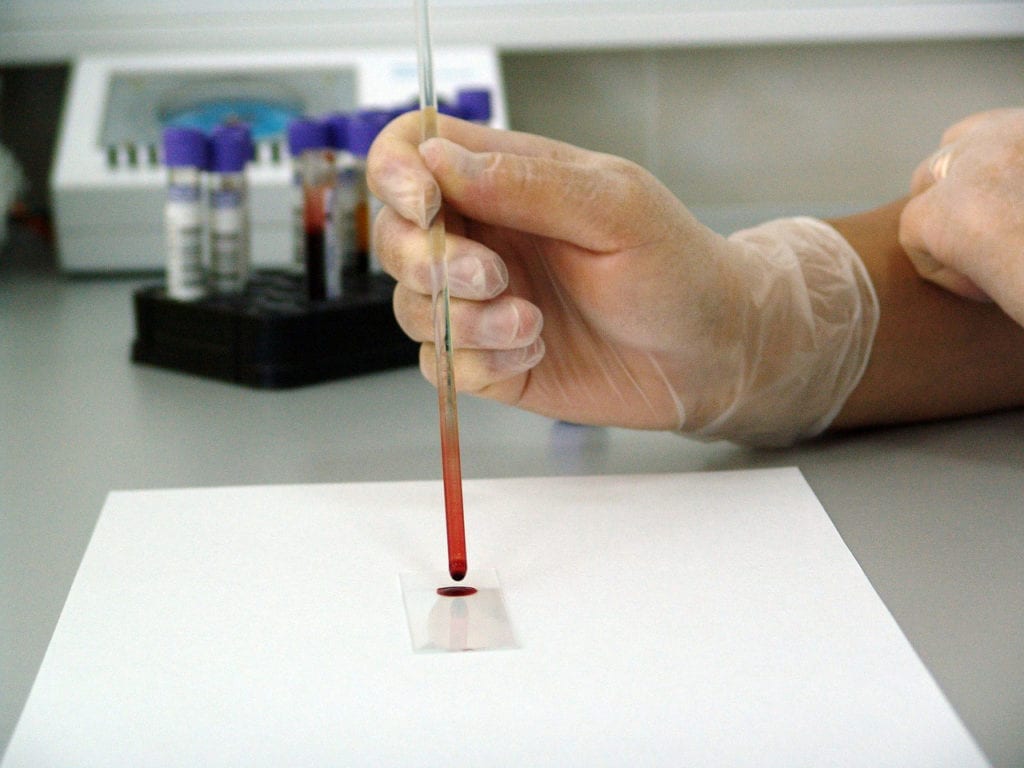According to a story from tgen.org, a team of scientists from the Translational Genomics Research Institute (TGEN) have recently initiated a study that will test the effectiveness of liquid biopsy as an approach for monitoring diffuse intrinsic pontine glioma (DIPG). This is a rare type of childhood brain cancer that appears within the brain stem and leaches into healthy brain tissue, which makes more traditional biopsy techniques risky.
About Diffuse Intrinsic Pontine Glioma
Diffuse intrinsic pontine glioma is a tumor of the brain that appears in the central section of the brain stem called the pons. This tumor affects glial cells, which help support the healthy function of neurons. Diffuse intrinsic pontine glioma is a highly treatment resistant cancer that is essentially always fatal. The cause of this cancer is unknown; no environmental or genetic risk factors have been identified. Symptoms include hydrocephalus, difficulty chewing, swallowing, and speaking, double vision, poor coordination and balance, fatigue, nausea, vomiting, and headaches. Treatment for the disease includes radiation and chemotherapy; surgery is rarely an option. While treatment may improve symptoms at first, the disease almost always recurs after a few months. Five year survival rate for diffuse intrinsic pontine glioma is less than one percent. There is an urgent need for more effective treatments. To learn more about diffuse intrinsic pontine glioma, click here.
Monitoring and Treating Brain Cancer
Like other brain cancers, diffuse intrinsic pontine glioma is more difficult to treat since many drugs cannot cross the blood-brain barrier. The limited ability to monitor treatment response further compounds this difficulty. The scientists are hoping that fragments of DNA from the tumor that can be detected in the blood stream can be used to conduct a useful biopsy. This DNA may also be useful for tracking the progression of the disease and discovering the mutations that are related to it.
Currently used imaging methods can help monitor treatment response, but they are not useful for determining how a tumor is resisting therapy. Using data from this DNA is a challenge because it often disintegrates fairly quickly, but the scientists have an ace up their sleeve: a proprietary technology called TARgeted DIgital Sequencing (TARDIS). Hopefully this study will new information about diffuse intrinsic pontine glioma and pioneer a new method for biopsy.







